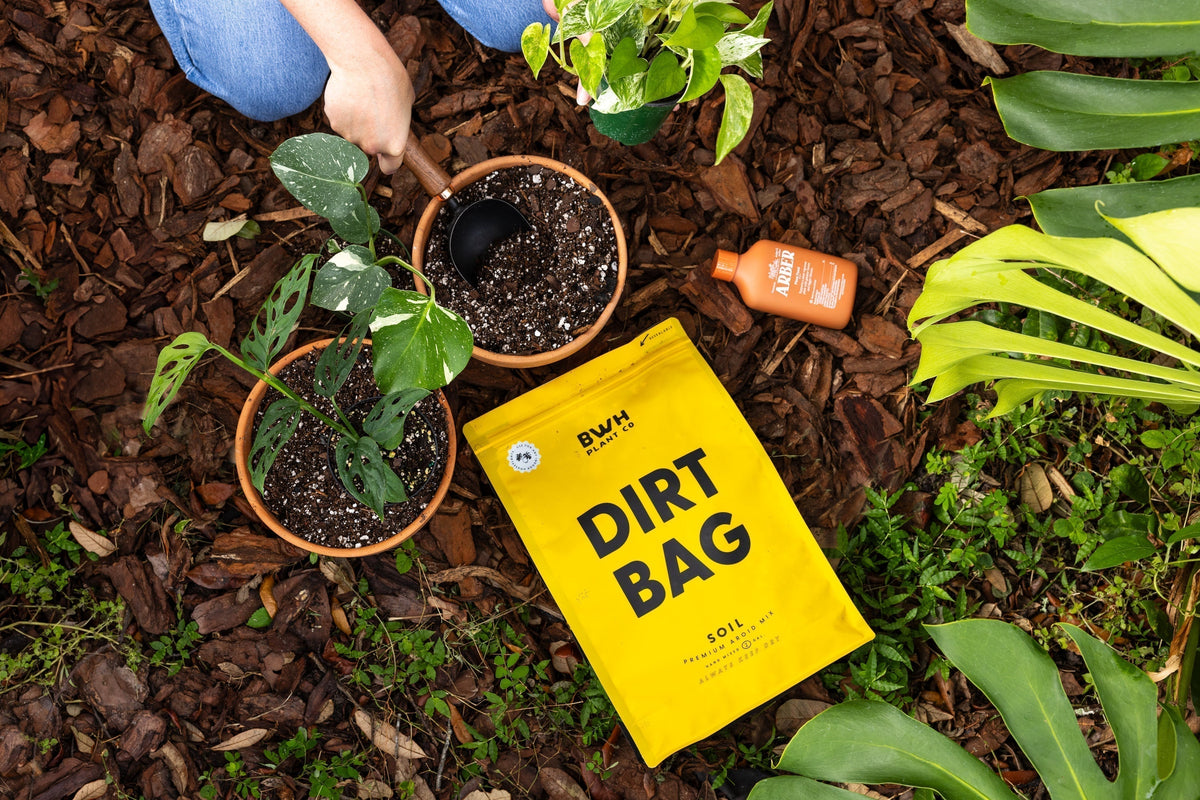
4 Tips for Fall Plant Care
Read in: 2 min
Read in: 2 min
As the crisp autumn air settles in, it’s the perfect time to give your indoor garden a seasonal refresh 🍂 Fall is a crucial period for plant care, as your plant companions transition into a new phase of growth.
With the cooler temperatures of fall, your plants’ water needs may change. As indoor heating systems kick in, they can dry out the air, affecting soil moisture levels. Start by reducing your watering frequency, allowing the top inch of soil to dry out before giving your plants a drink. Use a moisture meter or simply check the soil with your finger to gauge when it’s time to water.
Try to avoid overwatering, as the reduced light and cooler temperatures can slow down your plants' growth, making them more susceptible to root rot. Remember, it’s better to let your plants dry out slightly between waterings than to risk waterlogged soil 🧠
As daylight hours dwindle, your plants may receive less natural light. To ensure they get enough rays, consider moving them closer to windows or areas with bright, indirect light. If natural light is limited, supplement with grow lights!
Be mindful of any drafts or temperature fluctuations near windows, which can stress your plants. Adjusting your plant placements to maximize light exposure will help them continue to thrive despite the changing seasons.
Fall is a great time to start preparing your plants for the cooler months ahead. Begin by acclimating them to the lower temperatures indoors by gradually adjusting their environment. Avoid placing plants directly under heating vents or near drafty windows, as extreme temperature changes can cause stress.
Consider grouping your plants together to create a microclimate with slightly higher humidity, which can be beneficial as the air becomes drier!
Additionally, inspect your plants for any signs of pests or diseases that may have developed during the warmer months and address them to prevent issues from getting worse. Check out Pests 101 for the details!
Autumn is an ideal time to reflect on your plant collection and reassess their health. Take a close look at each plant, checking for signs of stress, such as yellowing leaves or slow growth 👀 Prune any dead or damaged foliage to encourage new energy and improve the overall appearance of your plants.
Consider repotting plants that have outgrown their containers or need fresh soil to support continued growth. Use this opportunity to reorganize your indoor garden, ensuring each plant has enough space and light to flourish.